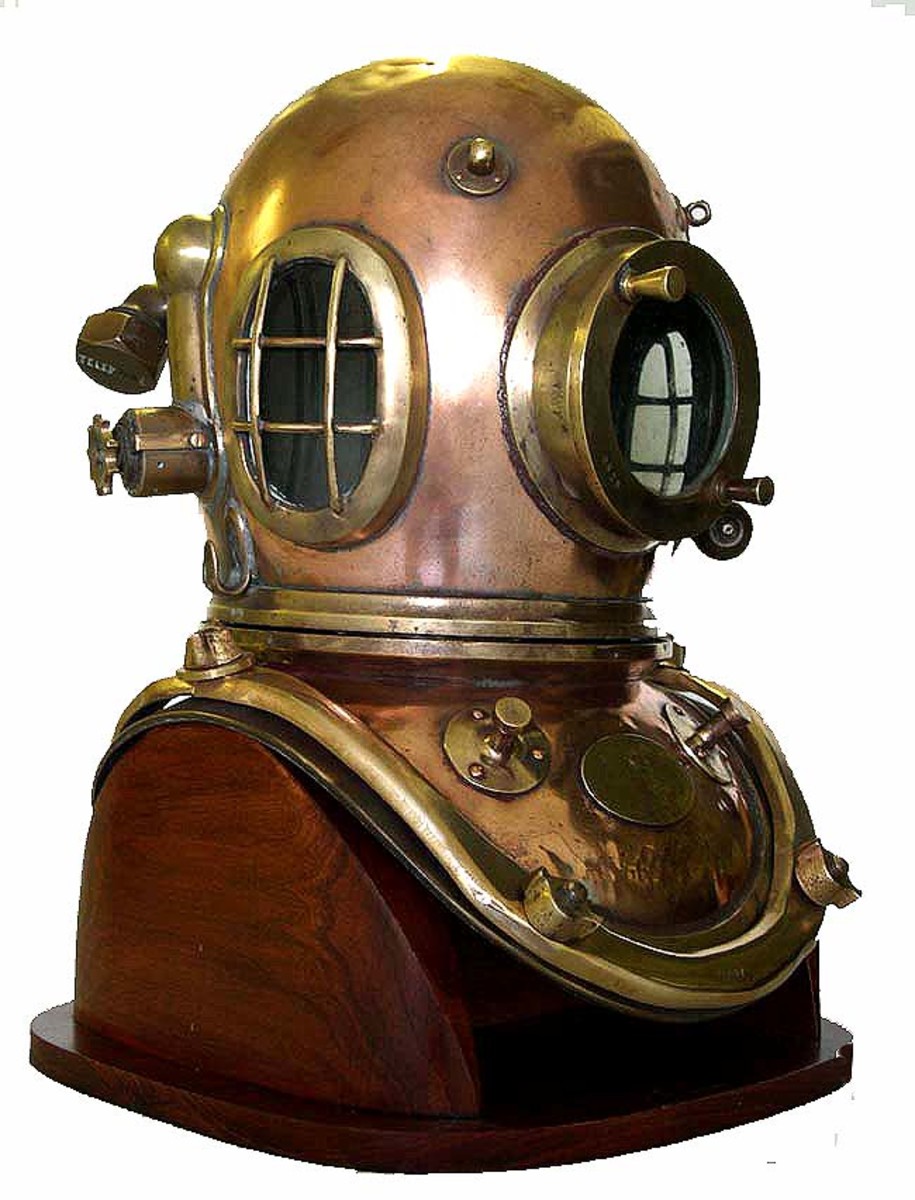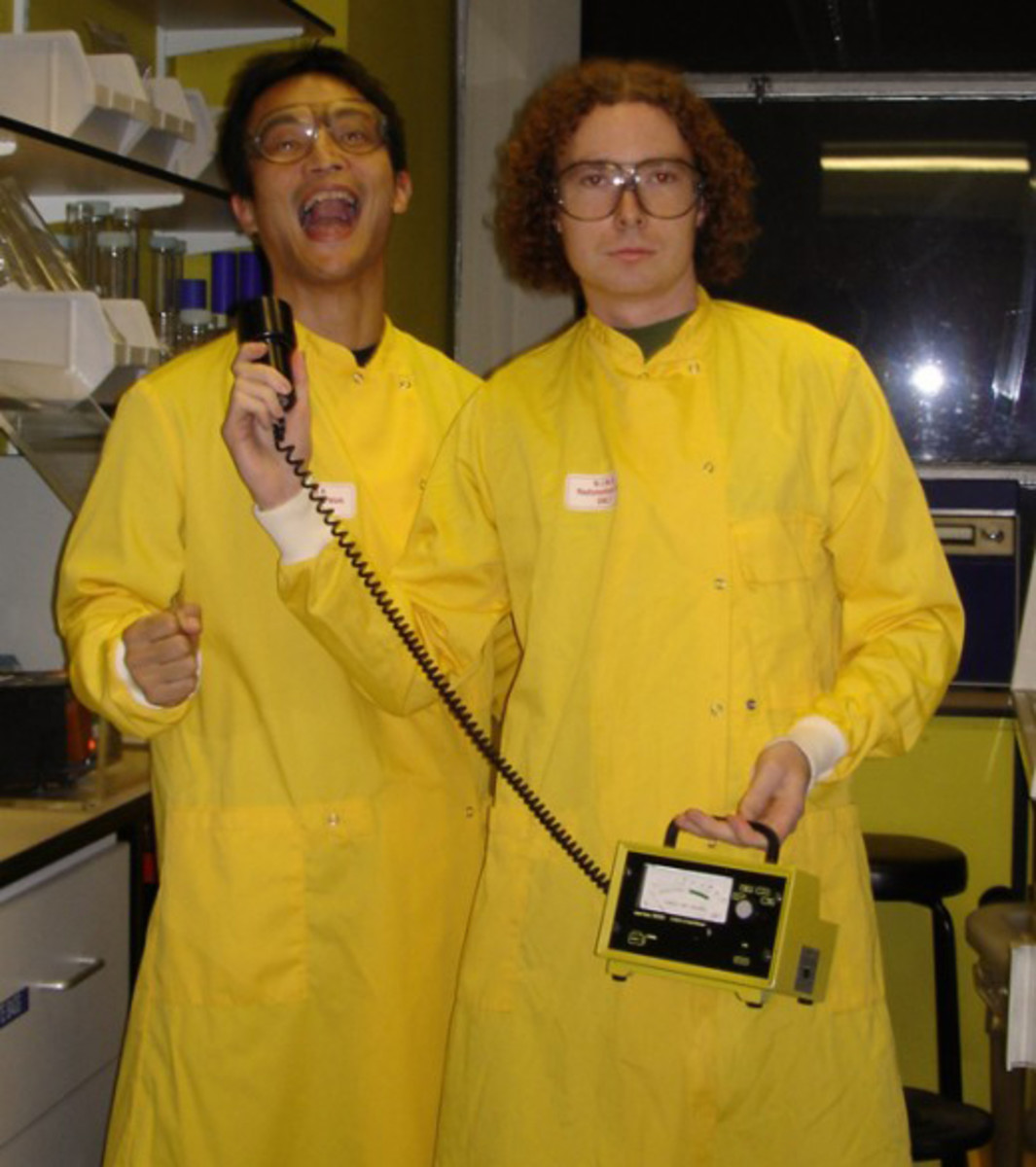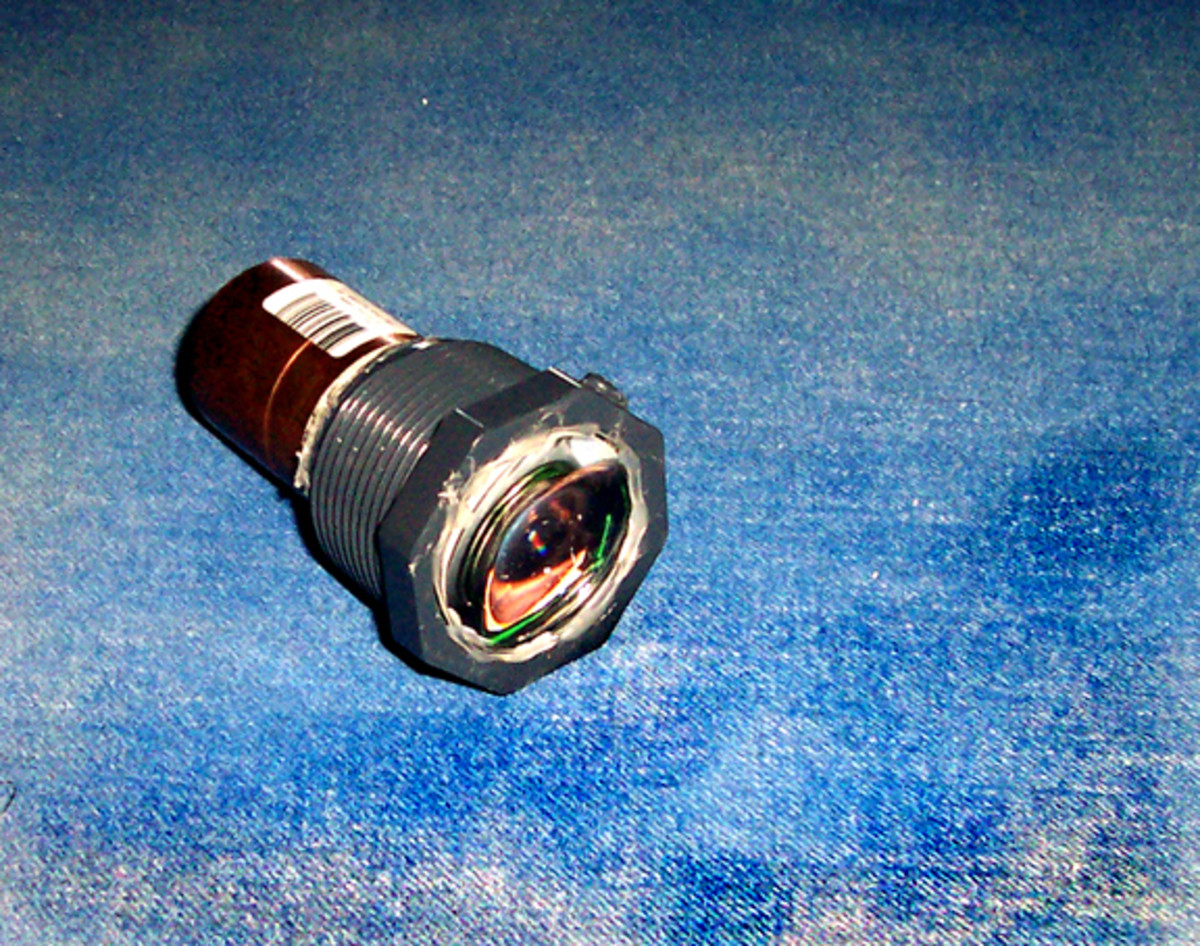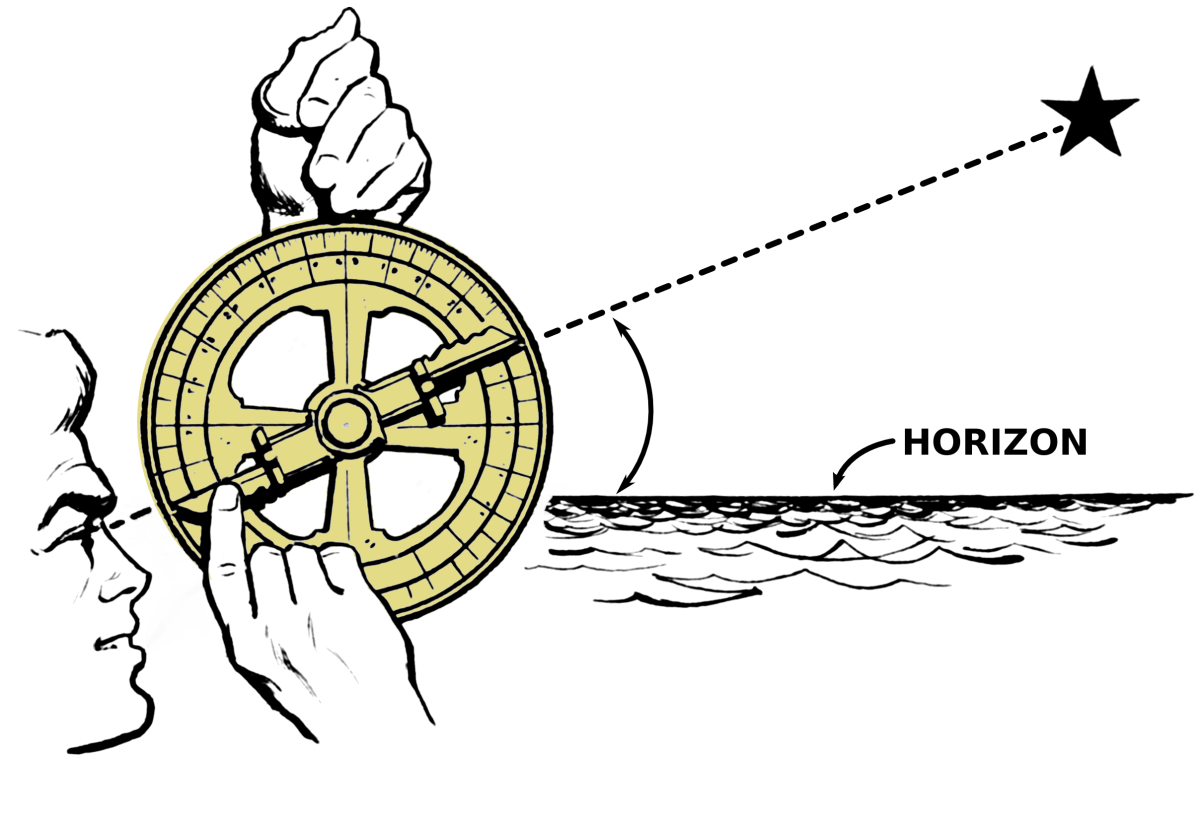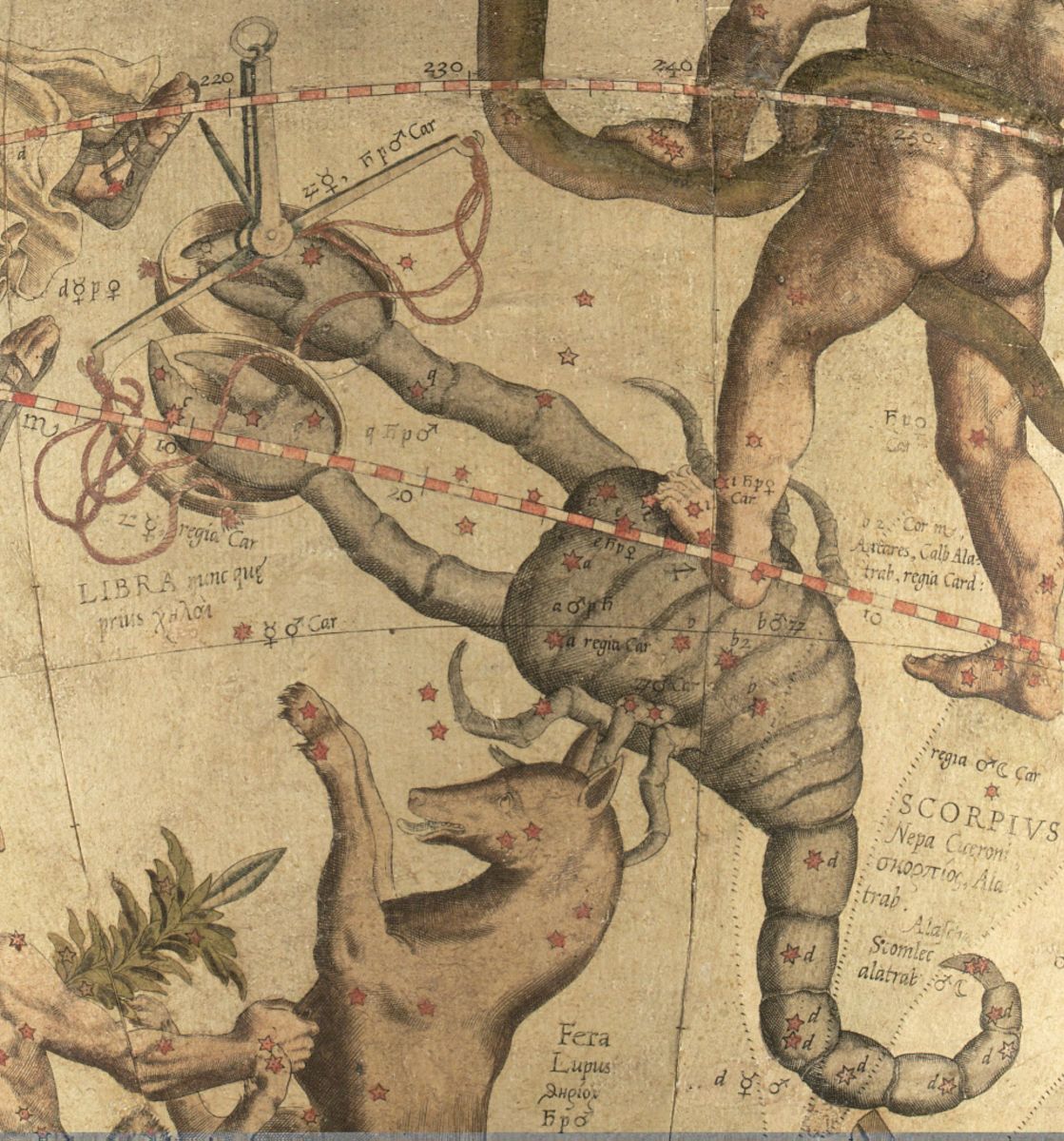8 Significant Breakthroughs in Today’s Science.
Introduction.
Science has been an important part of our lives for a long time. The word science refers to a kind of knowledge that allows people to communicate. Knowledge that is used for revealing new discoveries, inventions, and new-found ways of the world. The logic in the wake of science strives to explain the natural elements of the Earth, natural phenomena, and the mysteries of the universe. This often involves experimental techniques, acknowledged facts, and observational science. These actions are always being implemented before scientists announce their findings to the public. This generates a communal knowledge, or gives us a scientific outlook towards the world we live in today. Also, science can provide us with a look towards the future by predicting the outcome of ongoing experimental productions.
Conversational Science.
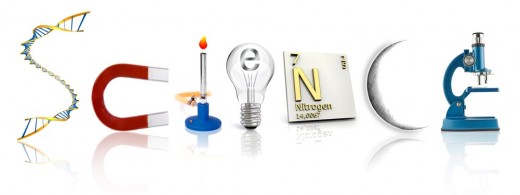
1. Scientist Tie The Tiniest Tightest knot Ever.
- A team of scientists, headed by Professor David Leigh form the Manchester’s School of Chemistry have engaged in a successful experiment to produce the tiniest tightest molecule knot ever known to mankind. This has been a great achievement and a meaningful breakthrough in science today, because scientists can now analysis how their development will impact the intensity and flexibility of specific materials. The molecule Knot is known to have eight intersections within a 192-atom fused loop, that is 20 nanometers in length (20 millionths of a millimeter). Furthermore, this fascinating breakthrough in science was published in the Journal of Science on the 13 January 2017. Also, there is no limit to what this knew advancement in science can accomplish. For example, interweaving polymer strands could lead us towards a new generation of lighting, higher-quality fabrics, and better elasticated materials.
The Tiniest Tightest Knot Ever Tied.

2. Archaeology.
- The leader of an underwater archaeology group Sergie Olkhovskiy from the Russian Academy of science has recently announced the findings of the head of a 2,500-year-old terracotta statue as a unique artifact, which is known to be a Greek god. The terracotta was found by a team of Russian constructors whilst working in an underwater construction site, located on Kerch Bay off the Crimean Peninsula. Furthermore, scientists from the Northern Black Sea Region have said that they have never come across a find like this before. Also, together with a full examination by a team of archaeological specialists, scientists have been able to date the sculpture as belonging to the 5Th century B.C. Over the past two years whilst a bridge was in construction for the sight, archaeologists discover a pottery field with segments of ceramic pots dating to the 3rd and 5Th centuries B.C. Today an underwater excavation plan has been put in place, where archaeologists have uncovered 60,000 pieces of pottery to be included into their marvellous archaeological find.
3. A New Species of Snake.
- A new species of boa snake has been discovered on the uninhabited Conceptional Island of the Southern Bahamas, it has glittering silver like skin and along with its rarity, has captured the full attention of the science world. This species of Snake is said to be extremely rare, because it is only found on Conceptional Island. Furthermore, new discoveries of species of snake are hardly ever heard of in today’s science world. The Silver boa snake was first discovered hanging in a silver palm tree by a group of students from Harvard University, and this is how its name came to be: Silver Boa (Chilabothrus argentum). Only a thousand of these boa snakes exist and they all survive on Conceptional Island, living off small animals.
4. Quantum Computing.
- Today we are all familiar with traditional computers that perform their calculations through a built in binary system. Whereas quantum computing takes the supercomputer aspect a step further, by being able to reach an exact answer promptly, because the qubits used in quantum computing automatically collapse to produce an exact result, which works a lot faster than normal digital computers.
- Researchers at the University of New South Wales in Australia have made a significant advancement towards quantum computing. The team of young scientists confirmed that they created two new types of quantum qubits that perform functions at above 99% exactitude. Which has lead the NSA technical directors to reassess the entire process of security systems throughout the internet, and on what way security systems should be conducted.
Quantum Technology.

5. Robotic advancement.
- In today’s world humans have always had a desire to create and work with robots. For example, the benefits of having robots within our industries have proven to be continuous, economical, and never-ending. We have even sent robots to planet Mars to carry out experiments on the chance of finding signs of life.
- But today NASA has come up with a more interesting way to interact with robots; by letting both humans and robots work in harmony with one and other. Such as, the Robonaut 2 (R2) humanoid robot that was sent to the International Space Station on February 2011, which has performed many tasks under experimental examination to decide its functionality in micro-gravity.
6. Mind Controlled Drones.
- In today’s world, scientists have been experimenting with mind controlling technology. Whereas, over the past ten years, this technology has been used to help paralyzed people move their limbs or robotic prosthetic. But today through scientific advancement concerned with mind controlling technology, online companies like NeuroSky have obtained the rights to offer electronic encephalogram (EEG) drones, equipped with mind controllable headsets “which can be purchased online today.” These systematic machines are controlled by a EEG headset; that collects signals from your thoughts; translates these signals into computerized code or computer commands; and then sends these coded commands directly to the drone. Furthermore, these can cost anything between $500 to $700 per set and are very simple to assemble and control.
Using Your Imagination.

7. Space Discoveries.
- Space today has become the final frontier towards scientific exploration. The latest and most challenging space mission was the Kepler Space Telescope, which was launched in 2009 and is today in an extended mission called K2. It's mine priority whilst carrying out its mission, was to search for alien planets. From 2009 to 2013, the Kepler Space Telescope has found 219 potential planets, 10 of which are Earth size planets that evolve within an inhabitable zone around their star, where conditions are calculated to be exactly right for liquid water to exist. Since then the Kepler Space Telescope has found an unbelievable 4,034 potential alien planets, along with 50 Earth size planets in total. Furthermore NASA plan to launch a Transiting Exoplanet Satellite in 2018 that will enable American astrologists to counteract the time-line concerned with this magnificent exploration. This will also allow astrologists to few exoplanets in a more conventional way, using newly design telescopes.
The Kepler Space Telescope.
8. One of the Latest Technological Inventions.
- Scientist from the Delft University, based in the Netherlands have designed and developed the latest technological invention in preventing environmental pollution. They have invented a tower that stands seven metres (23 feet) tall, which cleanses any surrounding air within an evaluated distance. This invention has recently been introduced to a housing estate in the Rotterdam district of the Netherlands and today is known as the Roosegaarde’s Tower. This newly invented tower is designed to remove ultra-fine particles from the air, by using a patented ion- technologically advanced system. The tower can cleanse 30,000 cubic meters of air per hour and uses only 1,400 watts of electricity, which very little compared to the size of this structure.
The Latest Invention concern with Air pollution.

Conclusion.
Science is rapidly changing day by day, with newer technologies being introduced for public use on a regular basis, which in turn keeps us updated with modern technology. Science also captures our imagination by creating a futuristic insight through experimental examination, which allows us to communicate in today’s world, about the possibilities concerning scientific exploration towards a better future.


